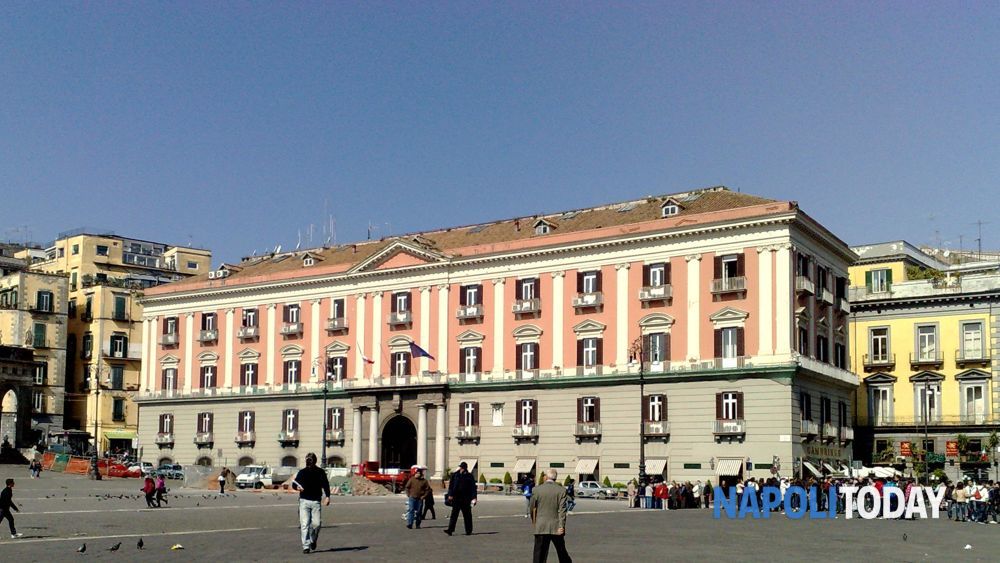- Messages
- 2,604
- Location
- Corvallis, Oregon
Per INGV's notice, it sounds like Vesuvius is swarming a bit but is well within normal limits and they're keeping the alert at normal levels.
Still, it probably should have its own thread for two reasons:
Some links to get started:
There are live cams galore online. Here are a couple videos I really like:
• Pompeii, by Zero One (follows the events as described by the paper referenced in my eBook chapter, which also explains how Vesuvius doesn't always go off this intensely):
But sometimes it does.
• The local Alpine Club climbing Vesuvius during winter, thirteen years ago (note -- when it went back to sleep in the 1940s, Italy did extensive tree planting on its slopes):
Still, it probably should have its own thread for two reasons:
- To underscore what the boffins say about this not being connected to Campi Flegrei
- The fascination we have for it because of the Pompeii eruption in 79 AD
Some links to get started:
- INGV monitoring page (Italian) for the three volcanic threats to Naples
- Global Volcanism Program (GVP) page
- Eric Klemetti on "70 Years of Silence"
- A draft of my eBook chapter (uses authoritative references -- listed so you can explore them -- on background, the Pompeii eruption and also links to various information online including Civil Protection's "Plan Vesuvio" in case of emergency)
There are live cams galore online. Here are a couple videos I really like:
• Pompeii, by Zero One (follows the events as described by the paper referenced in my eBook chapter, which also explains how Vesuvius doesn't always go off this intensely):
But sometimes it does.
• The local Alpine Club climbing Vesuvius during winter, thirteen years ago (note -- when it went back to sleep in the 1940s, Italy did extensive tree planting on its slopes):

